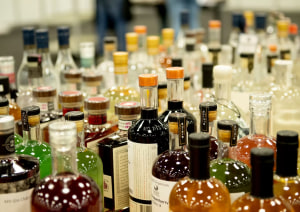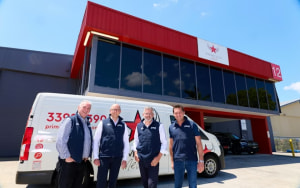TOMRA Food has unveiled a new organisational structure, and three AI-powered sorting and grading solutions. The announcements were made at the fresh produce industry event, Fruit Logistica, in Berlin, Germany.
Head of TOMRA Food and executive vice president, Harald Henriksen, said the company’s new structure created a more agile and responsive organisation.

It will now have three regional divisions – EMEA, Americas, and APAC – with its Processed Food and Fresh Food businesses merging into one TOMRA Food unit within each region.
A central hub will bring together R&D, product development, and operations, with the goal to increase operational efficiency and innovation.
“The regional approach will allow us to operate as a local partner, having a more direct dialogue with our customers and responding swiftly to their very diverse needs. Unifying our two business areas into one TOMRA Food team means that we can capitalise on the best practices from each to work more effectively and deliver top-tier solutions and services.
“By centralising our R&D and operations into a dedicated unit, we will be able to leverage the collective expertise and efforts of our entire team, boosting our ability to innovate and bring more and better solutions to our customers – and lead the resource revolution with them,” Henriksen said.
Latest in sorting and grading
TOMRA Food launched three AI-powered solutions:
TOMRA Neon, a new blueberry pre-grader that uses AI modelling to detect clusters with unrivalled accuracy. Extensive validation tests have shown it removes more than 95 per cent of clusters and over 90 per cent of red and green berries to optimise the optical grader’s efficiency.

LUCAi Deep Learning technology – featured in the new-generation Spectrim X grading platform for apples with pre-trained models to meet customers’ demand for greater productivity with unparalleled grading precision, higher yields, minimal fruit loss and reduced operational costs.
LUCAi Deep Learning technology – featured in its InVision grading platform for cherries. It detects with extreme accuracy edge cracks, pacman cherries (half cherries), open sutures, cosmetic blemishes and stem pulls, and ensures improved spur detection as well as cracks and defects around the stem.







